A Complete Guide for Wire Soldering
-
 @
Mark Ji
@
Mark Ji
- Last updated
Table of Contents
Soldering is the process of joining two metal pieces together using heat and a metal alloy called solder. Wire soldering is a common technique used to join wires together to create electrical connections.
The soldering process involves heating the metal parts and the solder until the solder melts and flows around the joint, bonding to both metal surfaces when it cools and solidifies. This creates an electrically and mechanically sound connection between the wires.
Proper wire soldering requires the right tools, materials, techniques and safety precautions. This guide will cover everything you need to know to solder wires successfully, including:
• Tools and materials for wire soldering
• Preparing wires for soldering
• Choosing the right solder
• Soldering techniques
• Inspecting and testing solder joints
• Common wire soldering mistakes and how to avoid them
• Safety precautions when soldering
• Tips for neat, professional solder joints
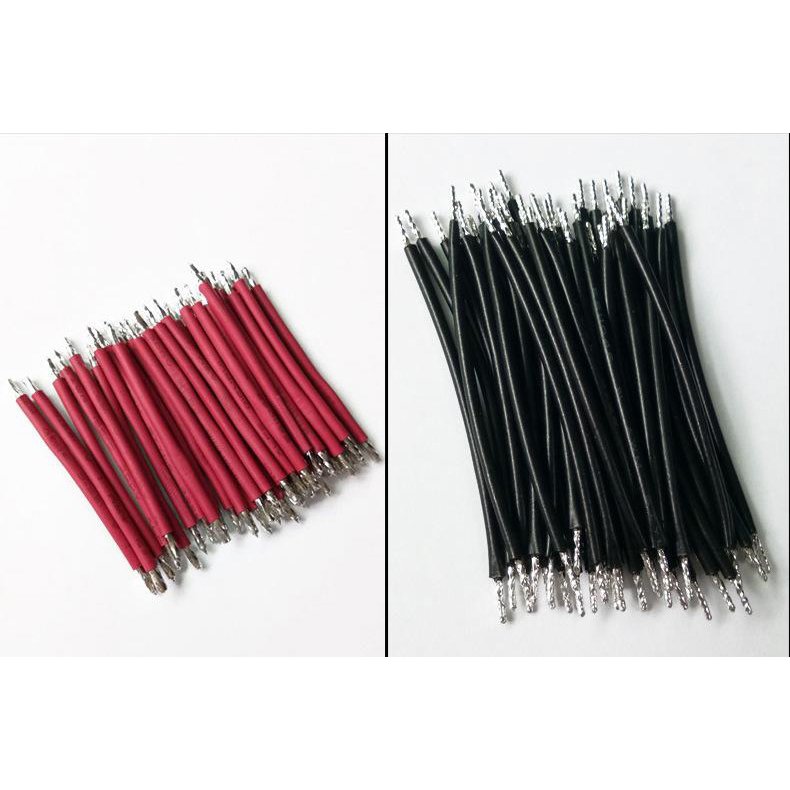
Tools and Materials for Wire Soldering
A. Soldering iron – A temperature-controlled iron with a fine tip is essential. For most electronics work, a temperature between 300 to 400 degrees Fahrenheit is suitable.
B. Solder – Rosin-core solder is best for electronics. Choose a diameter that matches the size of the wires you’re soldering.
C. Wire cutters or strippers – To cut wires to length and strip the insulation.
D. Third hand tool – Clamps to hold the wires in place while soldering.
E. Sponge or brass brush – To clean the tip of the soldering iron.
F. Safety glasses – To protect your eyes from sparks and hot solder.
G. Flux – Optional, but helps solder flow and adhere to the metals.
H. Helping hands – Optional, but useful to position and hold the wires.
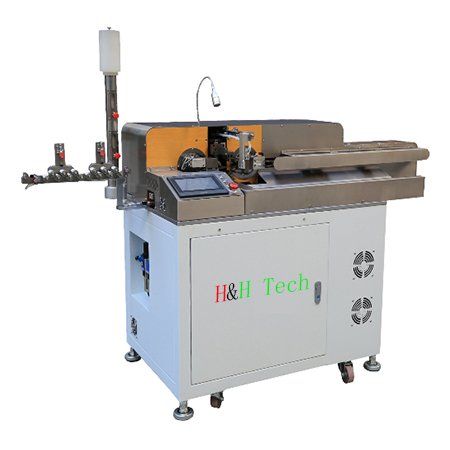
Preparing the Wires for Soldering
A. Cut the wires to the desired length. Allow an extra 1-2 inches for work space.
B. Strip 1/2 to 3/4 inches of insulation from the ends of each wire. Be careful not to nick the copper strands.
C. Twist the copper strands of each wire together to avoid fraying. This compacts the strands making a better connection.
D. Use a wire brush or sandpaper to clean and brighten the exposed copper. This removes any oxidation for a better bond.
E. Flux the joint if using. Apply a thin layer of flux to the exposed copper and solder.
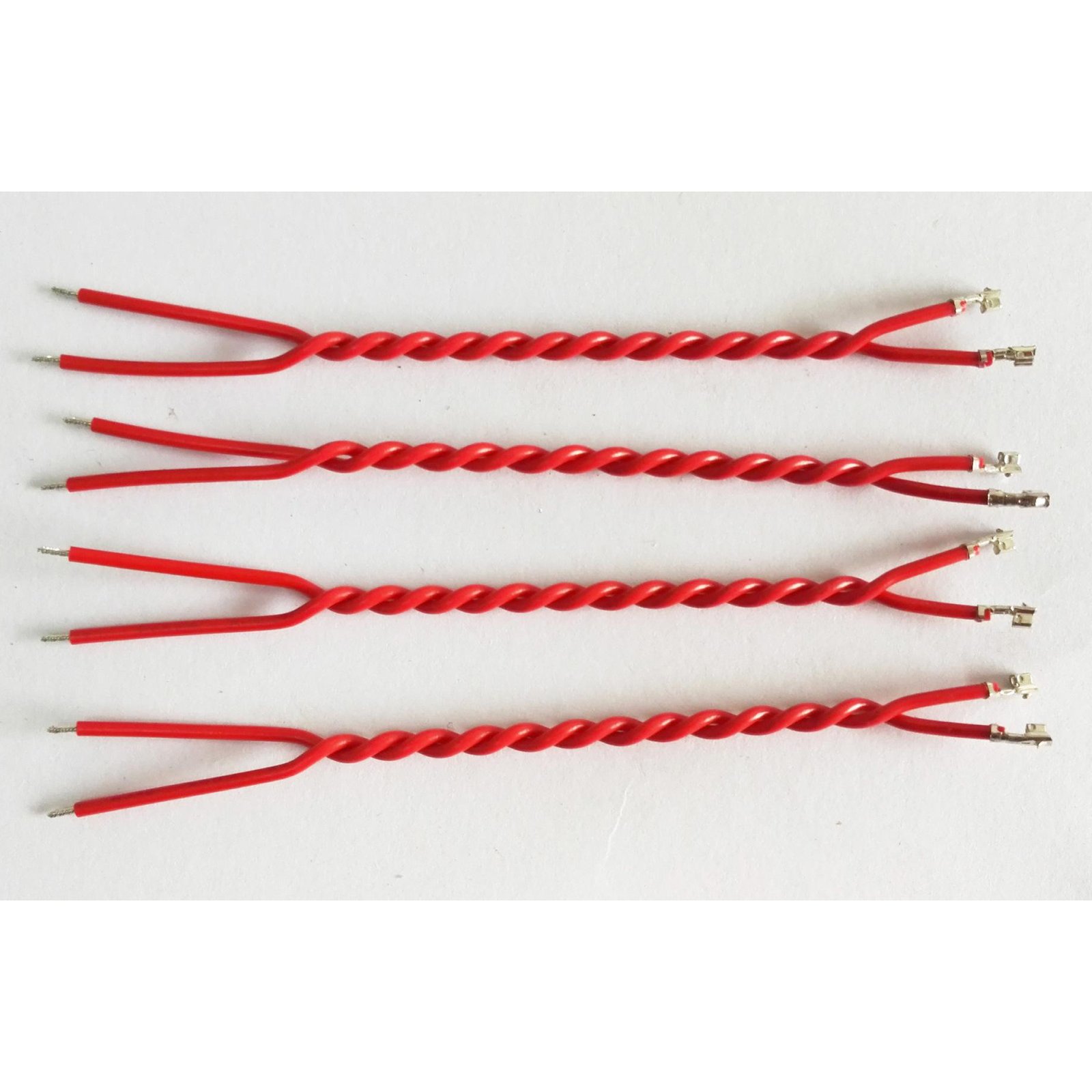
Choosing the Right Solder
For electronics work, choose rosin-core solder with a diameter that matches the gauge of the wires you’re soldering. Common sizes are:
• 22 to 24 gauge wires – Use 0.031 inch diameter solder
• 18 to 20 gauge wires – Use 0.040 inch diameter solder
• 16 gauge and thicker wires – Use 0.062 or 1/16 inch diameter solder
The solder should contain 60% tin and 40% lead for best results. Lead-free solder is more difficult to work with for beginners.
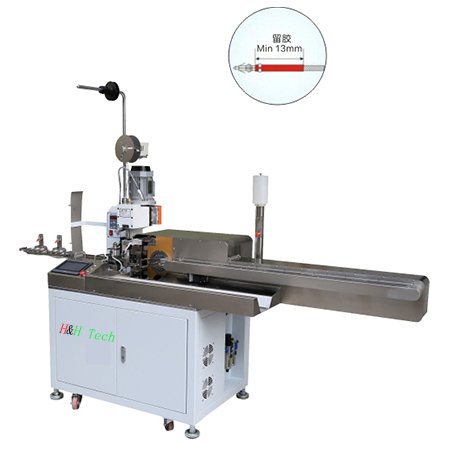
HH-665 https://youtube.com/shorts/MJfIspmSxxY wire tin, terminal crimp and wire strand
Soldering Techniques for Wires
A. Twist the stripped ends of the wires together tightly.
B. Clamp the wires in a third hand tool or vise to hold them still.
C. Apply some solder to one end of the iron tip to “tin” it with solder.
D. Place the iron tip on both wires so it makes contact. This will heat up the wires.
E. While still applying heat, feed solder into the joint so it flows around the wires.
F. Remove the iron, still feeding solder to ensure the joint is filled.
G. Allow the solder to cool before moving the joint.
H. Inspect the joint for quality and make any needed adjustments.
HH-63 Wire Soldering Device
https://youtube.com/shorts/7j_UUAzWErM
https://youtube.com/shorts/lUbsV0YX9XY
Inspecting and Testing Solder Joints
Properly inspecting and testing your solder joints is essential to ensure reliability and performance.
A. Visual Inspection:
a. Check for proper wetting – The solder should completely cover and “wet” all surfaces of the joint. There should be no gaps or voids.
b. Ensure sufficient solder – There should be enough solder to fill the joint without being excessive.
c. Inspect for cracks – Check for any cracks in the solder joint that could indicate a weak or cold joint.
d. Check insulation – Make sure no solder has flowed onto the wire insulation which could cause shorts.
B. Physical Testing:
a. Tug test – Gently pull on the wires to ensure the joint does not break or come apart.
b. Flex test – Bend the wire near the joint to ensure it does not break during flexing.
c. Vibration test – Some vibration or movement can reveal weak joints that break easily.
C. Electrical Testing:
a. Continuity test – Use a multimeter to check for continuity across the joint to ensure a complete electrical connection.
b. Resistance test – Measure the resistance of the joint. It should be close to the resistance of the wire itself.
c. Current test – Apply a known current and check for excessive heating that could indicate a high resistance joint.
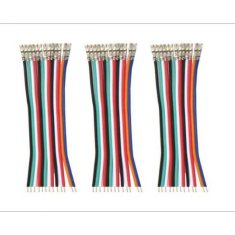
HH-556 https://youtube.com/shorts/dDWRzuouHqY
Common Wire Soldering Mistakes to Avoid
A. Not enough heat – Applying insufficient heat results in a “cold” joint that looks soldered but is actually weak.
B. Too much heat – Overheating the wires can damage the insulation and weaken the joint. Apply heat for only 5-10 seconds.
C. Excessive solder – More solder does not improve strength and can make a messy joint that is difficult to inspect.
D. Insufficient solder – The joint needs to be completely filled with solder to be mechanically and electrically sound.
E. Contaminated surfaces – Dirt, oxidation or residue prevents the solder from bonding well to the wire surfaces.
F. Movement while cooling – Allow the solder joint to cool completely before moving or stressing the wires.
G. Tugging on the wires – Avoid tugging on the wires before the solder has fully hardened. This can cause weak or broken joints.
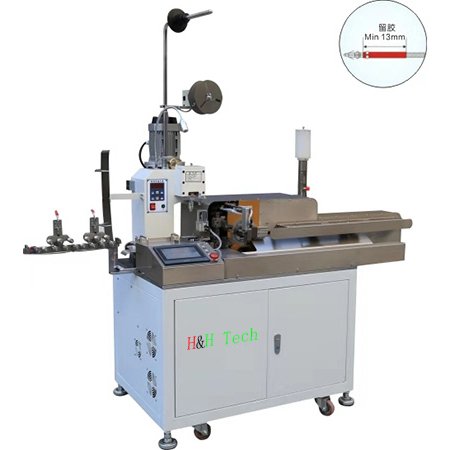
HH-666 https://youtube.com/shorts/i18CX8XAI_c 5 WIRES
HH-666 https://youtube.com/shorts/NsinDrGBYjE 3 big terminals on inner cores
Safety Precautions When Soldering Wires
A. Wear safety glasses – Molten solder and sparks pose an eye hazard.
B. Work in a well-ventilated area – The fumes from the solder and flux can be irritating.
C. Avoid skin contact – The solder, flux and iron can cause burns and skin irritation.
D. Keep flammable materials away – Soldering can cause fires if done near combustible materials.
E. Use a grounded soldering iron – This will prevent electrical shock if you touch the tip accidentally.
F. Don’t leave the iron unattended – Place the iron back in its stand when not in use to prevent fires.
G. Don’t overheat the wires – This can cause insulation to melt or ignite, creating a fire hazard.
HH-663 Fully-automatic Dual Ends Wire Cutting, Twisting and Tinning Machine
HH-663 https://youtube.com/shorts/BOCAP0YUEe0 10 wires long striping
HH-663 https://youtube.com/shorts/EJfZ79iW2hw 3 flat sheath cable
Tips for Neat, Professional Solder Joints
A. Twist wire strands tightly – This compacts the strands for better solder wetting and a smaller joint.
B. Use just enough solder – Fill the joint, but avoid having large “blobs” of excess solder.
C. Re-flow the joint if needed – Don’t be afraid to re-heat and add more solder for a neat, filled joint.
D. Trim excess wire – Use wire cutters to trim off excess wire strands that stick out from the joint.
E. Cover with heat shrink tubing – This adds insulation, strain relief and a professional finished look.
F. Practice, practice, practice – The more you solder, the neater and more consistent your joints will become.
G. Inspect your work – Closely inspect each joint to identify any issues you need to improve for the next one.
With attention to these details, you’ll be able to create wire solder joints that are mechanically sound, electrically reliable and professionally finished.

